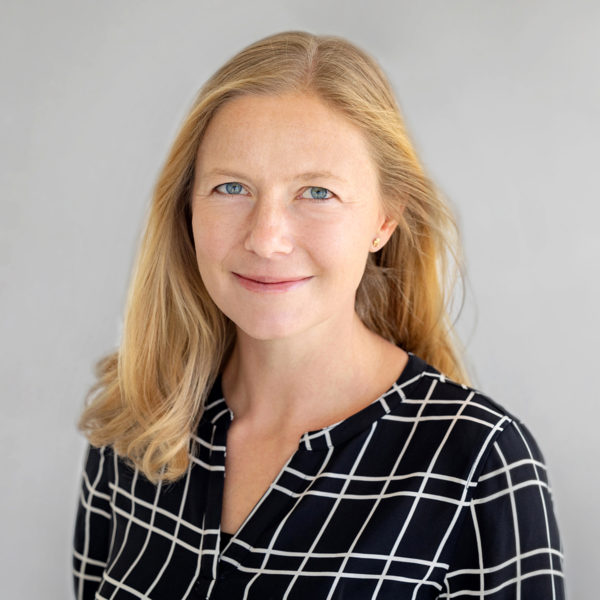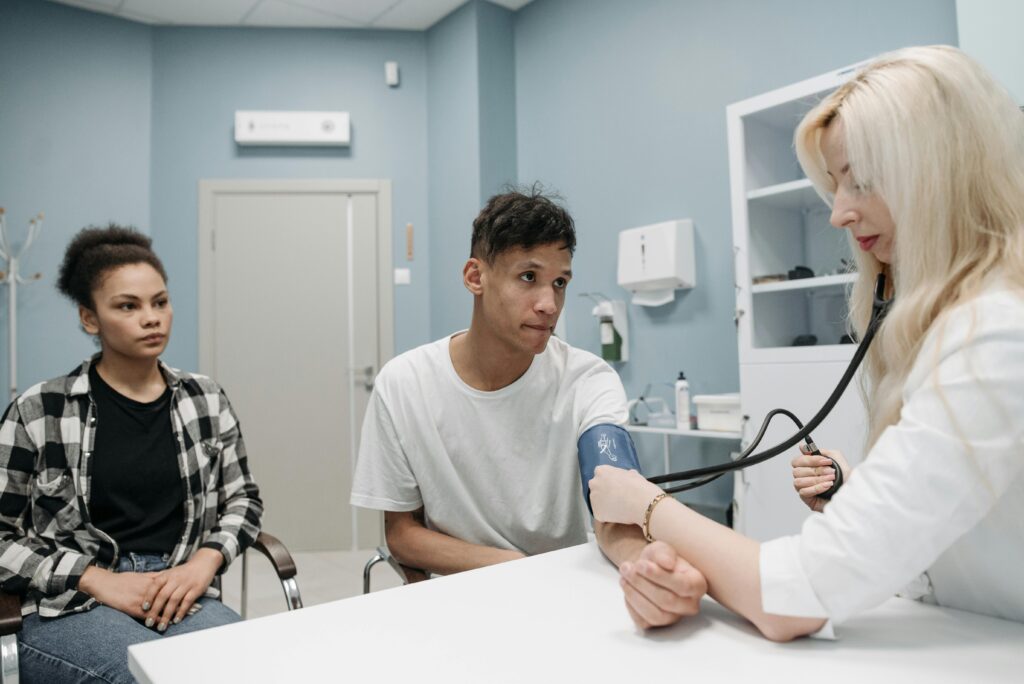Medicaid is accelerating support of health-related social needs (HRSN) interventions, through strategies such as 1115 waivers and In Lieu of Services. This is a welcome, needed, overdue sea change. But it is not sufficient to advance real equity. That’s because these new strategies are short-term, crisis-focused interventions treating the symptoms of poverty—flaws that mirror the flaws of the healthcare system into which they are being built—that leave intact the systems and structures that drive health inequity in the first place.
These developments do, however, present an opportunity for bigger change. As the door cracks open, we can push it open wider—adjusting these nascent programs and policies to become just one step in a multi-step trajectory toward radical transformation of our health systems.
In February, HealthBegins co-hosted a webinar on addressing social needs through Medicaid, and it drew our largest audience ever: more than 3,000 registrants. During the presentation, audience questions poured in, on matters ranging from the technical to the frustrating to the fervently hopeful. The turnout and engagement demonstrated how much potential Medicaid holds to improve health systems and advance equity.
What could those improvements look like? Since that webinar, we have taken the opportunity to reflect and, by reading the audience questions and comments, learn from all of you. Your thoughtful questions revealed the obstacles and wishes you encounter in the everyday work of health care—and actually pointed the way toward further change. When you identified the challenges and risks of building social benefits into the healthcare system, you also pointed to opportunities to use that process to change the system itself.
Critical Questions To Push For Growth
We can begin this change by asking ourselves and our collaborators critical questions. This phase of Medicaid transformation is an opportunity to move toward changing the underlying structural drivers of health inequity. When we examine the transition with questions that pinpoint root causes and potential solutions, we can see where to push for growth.
Informed by your questions in the webinar, we have identified a preliminary set of questions we can all ask ourselves and our partners:
How does this policy or program center equity?
While there is a compelling link between racial inequities in health and generational poverty, strategies to address poverty alone will not necessarily impact health equity. For any reforms to improve equity, equity must be a goal in and of itself—which means it must be measured, tracked, and incentivized in all efforts to integrate health and social care. In addition to modifying and improving the availability, affordability, quality, safety, and impact of health and social care delivery, centering equity includes leveraging the powerful impact many healthcare organizations make as employers, purchasers, community anchors, and political influencers. Equitable employers make sure none of their employees would be income-eligible for Medicaid in their state, and they use their purchasing power and political influence to fuel equitable local economies and support equity advocacy efforts that matter to the populations they serve.
How can this policy or program empower, engage, and respect the expertise of social needs and public health practitioners and community members themselves?
The Upstream Movement acknowledges that health does not reside solely in health care. By extension, we must reconsider who are the authorities or experts on health. Many of the Medicaid HRSN benefits require a medical or behavioral health practitioner to write the “prescription” for housing or food, areas where healthcare practitioners are not experts. Health care is a fundamentally paternalistic system, where we look to a small group of experts to guide us in how to manage our health. As we integrate social needs and health care, we have an opportunity to develop and fund a more expansive view of “providers” and support people to prioritize and address their needs in the way that makes the most sense to them.
How can this program or policy reduce administrative burden and administrative overhead—and emulate the social sector’s cost-efficiency to maximize the amount of resources to the served enrollee and the local community?
The healthcare sector has significant administrative requirements (a legacy of a fee-for-service system) and overhead due to the multiple layers of infrastructure needed to support care in a complex, fragmented, market-driven environment of payers and providers. This overhead includes billing and coding, physician, and insurance administrative activities, and does not necessarily positively impact health or local economies. Medicalizing HRSNs comes with a real risk of a medical price tag and a commensurate increase in administrative complexity and costs. Webinar attendees asked critical questions around what the ideal contracting, data tracking, and reporting infrastructure should be for HRSNs in order to measure and achieve impact goals but avoid cumbersome and costly administrative overhead. At the same time, social sector partners that provide services to health care systems and payers shouldn’t be forced into the same fee-for-service models that have hamstrung healthcare. They need more flexible and equitable payment models (including access to upfront capital as well as capitation and shared savings arrangements).
How can this policy or program reimagine temporary solutions for chronic needs—becoming part of a broader permanent, holistic, population-level solution for individuals experiencing poverty?
CMS has, appropriately, set time parameters on how long an HRSN benefit can be provided, with the clear intent to prevent Medicaid from becoming a permanent social service system. But poverty is multi-generational and chronic, and many enrollees may require long-term support in order to ensure that the next generation of their family achieves financial security and can access better health.
How does this program or policy help us rethink single-issue solutions for whole-person lives—considering the intersectionality between needs and the multiple needs not addressed by the strategy?
These HRSN strategies often focus on one to two social needs. CMS has, for example, created clear pathways for addressing housing and food. While these two needs are logical given their acuity and prevalence, a wide array of social needs—including social connection, transportation, employment support, and strategies to support families at risk of child welfare involvement—are interrelated and critical for health. Social sector partners need flexible payment, investment, and performance incentive models that help support strategies to address this dynamic intersectionality of social needs.
Moving Ahead
These questions all drive toward the larger goal of reimagining the purpose of health care and social care and transforming them into engines for access to health and true equity. As you weigh them, think about the policies in your state or in the programs in which you work. Are there opportunities to step back and connect to a bigger picture of transformation? Medicaid agencies, like all government agencies, are improved by engagement from the community. Reach out to your Medicaid agency or Medicaid MCO and ask them these questions.
At HealthBegins, we made a commitment to the webinar attendees that we would continue the conversation around these important opportunities and how to ensure that they achieve their full potential. Watch these pages for more posts and webinars. And please share your ideas and questions with us, by email at info@healthbegins.org or on Twitter or LinkedIn.
By: Kathryn Jantz (she/her), Senior Associate at HealthBegins
Featured Content
Providing Health Equity for Immigrants in a Time of Crisis
This moment presents an opportunity for healthcare leaders to harness the national attention focused on immigrant care to build investments, policies, and protections to improve care for these communities long-term.
HealthBegins Brief: Addressing Climate Health Inequities With The Community Health Needs Assessment
This HealthBegins Policy and Practice Brief invites every healthcare organization to immediately begin addressing the impact of climate change on health at the community level and with community participation.
Immigration Enforcement in Healthcare Settings: How to Prepare and Respond
Many of our healthcare partners are asking how they should prepare for potential ICE encounters on their premises and respond in the interim to concerns among patients and staff. These questions, answers, and resources provide some guidance.




